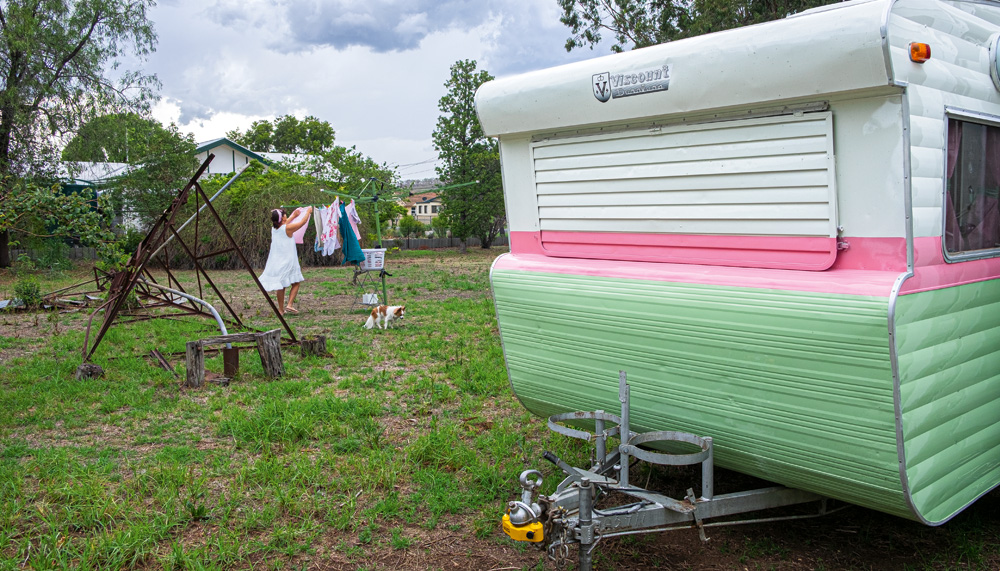Homegrown Darling Downs services are responding
to single older women in housing distress.
Story + Photos Therese Hall
Fifty-one-year-old Lucy* has plied the highways and back roads between the hinterland of Queensland’s Sunshine Coast and the city of Melbourne for the past year, staying as long as permitted in caravan parks and showgrounds along the way. But Lucy is not on holiday. She’s living in her van because she can’t afford to rent a house. “I don’t want anything fancy,” she says. “Just something secure, stable and safe.”
Lucy belongs to a growing cohort of single older women who are living in precarious housing for the first time. Like many of them, she has owned and rented homes while bringing up her children as a single parent. In her case, an autoimmune disease eventually pushed her to the edge of homelessness.
According to 2016 Census data, older women are the fastest-growing group among the homeless population. Many of them start off like Lucy, doing whatever they can to remain sheltered – however inadequately. They often couch surf, house-sit, or live in sharehouses, caravans or cars.
Toowoomba social services worker Amanda Dalton has witnessed this phenomenon unfolding during her 20-year career in the welfare sector. “I’d seen the problem starting to escalate when I was managing a local charity’s accommodation service,” she says. “No-one was providing crisis accommodation for single women. The system is not supporting changes in this demographic.”
Single older women in housing distress are known as the ‘hidden homeless’. Most do not identify as homeless, and many feel shame and embarrassment at finding themselves in this position. According to Amanda, the experience of these women is often absent from housing statistics, rendering them ‘invisible’ to government and housing services. “These women tell people that they’re house-sitting, or choosing to live in their van,” she says. “But you don’t have to dig very far to find that in most cases it’s a choice made through necessity.”
This story excerpt is from Issue #130
Outback Magazine: Apr/May 2020










